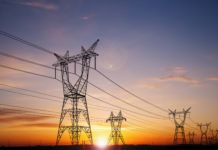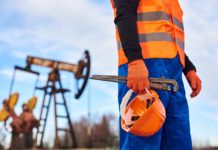In late August, it became starkly apparent that the economics for offshore wind in the Gulf of Mexico aren’t quite where they need to be. The Bureau of Ocean Energy Management’s first lease auction ended with just one of three available tracts sold.
German company RWE Renewables purchased the tract off the coast of Lake Charles for $5.6 million, while two other tracts near Galveston received no bidders at all. The lackluster bidding underscored several problems facing the offshore wind industry as a whole, as companies struggle with soaring costs, rising interest rates and permitting delays.
That’s been enough to prompt some companies to tap the brakes on entering the market. Eric Danos, owner and CEO of Danos Ventures, a subsidiary of oil and gas service company Danos located in Gray, Louisiana, says the dismal showing is indicative of the challenges the industry faces.
That’s why he’s backing off the pursuit of wind energy for now as he waits for the industry to mature.
“The costs have gone up significantly and, fundamentally, the Gulf of Mexico hasn’t been an ideal market for wind energy,” Danos says. “We don’t need to be an early adopter. There’s too much risk in the market and the fundamentals still need to be worked out. We are taking a ‘wait and see’ approach.”

It comes down to dollars and cents, Danos says. “That’s why a lot of the contracts on the East Coast are being renegotiated,” he adds. “They are happy to have wind energy, but they want it at the same or lower cost than carbon field energy. That’s the dilemma now.”
Danos says his company will instead double down on oil and gas. “We see some tremendous opportunities to grow our services portfolio in traditional oil and gas,” Danos says. “We will continue to do that as long as the market creates those opportunities for us. There will ultimately be a transition to renewable energy, but I think it’s still a way out for us.”
Undeterred, Jim Kendall, regional director of BOEM’s Gulf of Mexico Regional Office in New Orleans, says while there are certain economic and technological hurdles to clear—lower wind speeds and the threat of hurricanes, to name a few—those could be offset by other benefits, such as lower operation and maintenance costs.
“The Gulf is well-positioned to transition to a renewable energy future,” Kendall says. “The region’s existing energy infrastructure, workforce and businesses expertise in offshore operations can immediately benefit offshore wind development.
“The transition to renewable energy is already occurring in the Gulf, and the conventional energy sector is already playing a key role,” he adds, pointing to the fabrication of steel jacket foundations for the Block Island Wind Farm by Gulf Island Fabrication, and Dominion Energy’s development of an offshore wind turbine installation vessel in Brownsville, Texas.
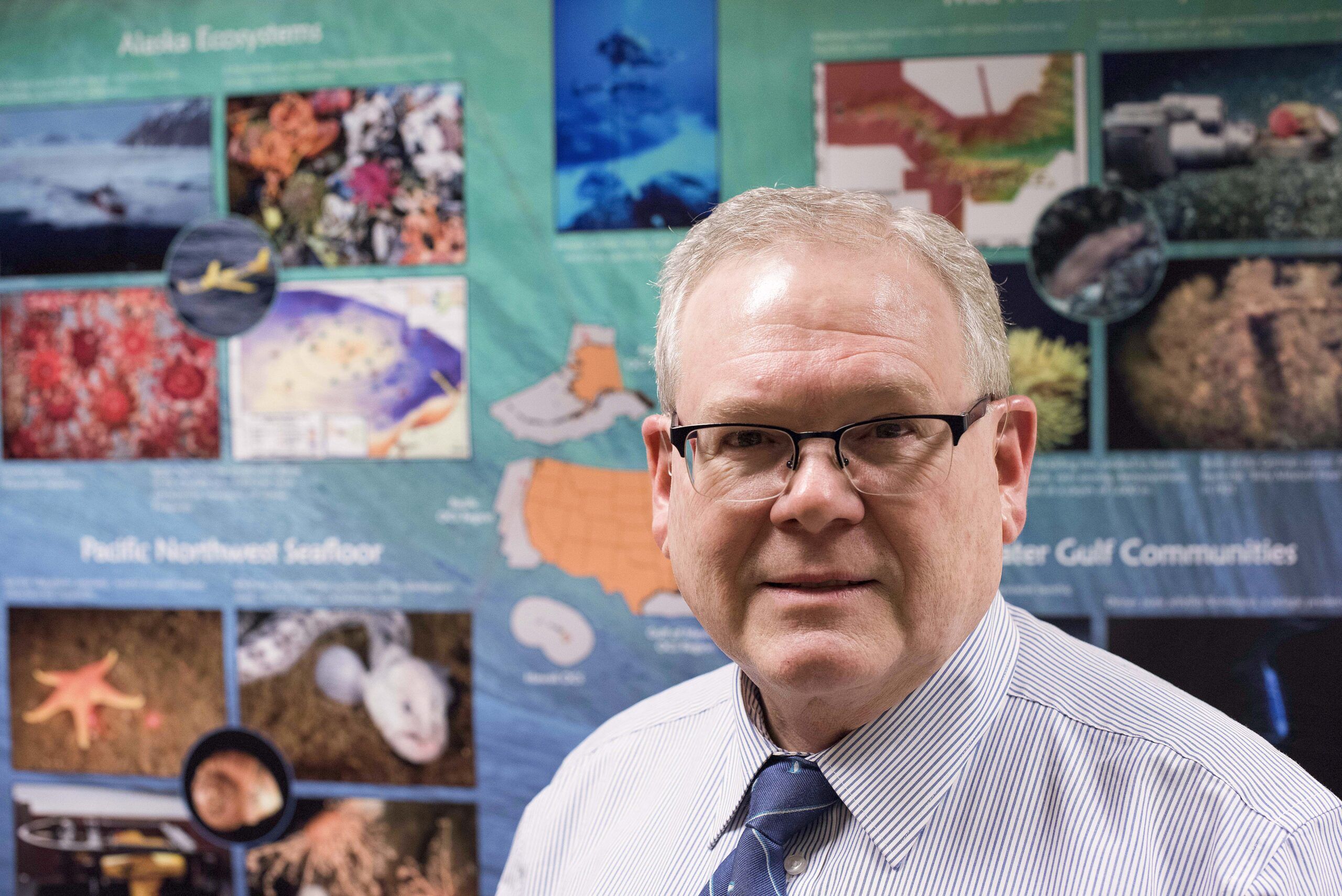
Looking stateside
While it’s obvious that the market dynamics are less than ideal, proponents say the offshore wind space just needs time to mature. Harry Vorhoff, Louisiana’s deputy director of coastal activities, points to the growing potential for wind power in Louisiana’s state waters (extending three miles offshore).
Vorhoff, who also chairs the state’s Climate Initiatives Task Force, says the Department of Natural Resources is in talks with two offshore wind developers: Diamond Offshore Wind, a subsidiary of Mitsubishi Corporation, for a project off the coast of Jefferson and Lafourche parishes; and Kontiki Winds, owned by Norwegian developer Havram, for a project offshore Cameron and Vermillion parishes.
Ultimately, Louisiana aims to install 5 GW of offshore wind by 2035. “They’re taking a page from the Carbon Capture playbook by directly negotiating operating agreements,” he adds. “The next step will be to firm up what the standard contract terms look like. We’re still in the early stages of that.”
Proponents also point out that there are certain incentives specific to Louisiana. There’s the potential, at least, for wind power to produce hydrogen for the state’s expansive industrial market. In that scenario, water from the Gulf of Mexico would be extracted and desalinated, then separated into hydrogen and pure oxygen by an electrolyzer powered by an offshore wind turbine. The hydrogen would then be liquefied and piped to shore for use in the production of ammonia or in some other process.
It’s mostly theoretical at the point; however, as the research continues on the practicality of the approach. Should it happen, though, Vorhoff says it could result in a perfect marriage between Louisiana’s industrial and wind power markets.
“Louisiana is one of the highest per capita users of hydrogen in the U.S., mainly because we have petrochemical facilities and refineries that currently use hydrogen,” he adds.
It would also serve the dual purpose of reducing carbon in the atmosphere. “Most hydrogen is extracted from natural gas, thereby releasing carbon into the atmosphere,” Vorhoff says. “As companies look to reduce their greenhouse gas footprint and meet their emission reduction goals, there’s interest in purchasing this low- or no-carbon hydrogen. Some experts have shared that this is the best pathway to market.”
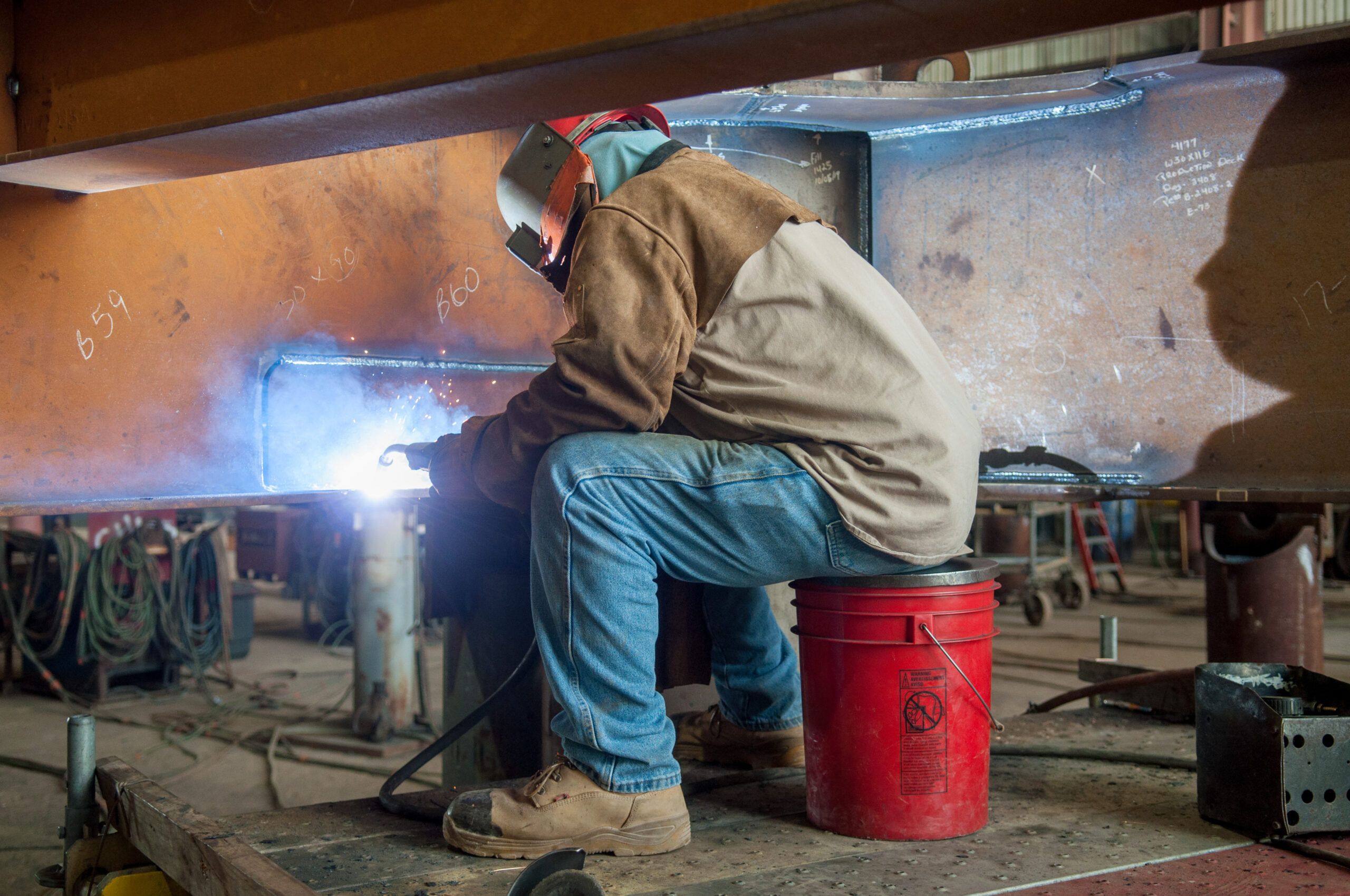
Vorhoff acknowledges that the economics of offshore wind could be better, but “the biggest obstacles to this becoming a reality are technical, and they’re being worked out by engineers,” he adds. “We have a lower average wind speed compared to other coasts. We also have hurricanes, so they must be resilient to them. That is the problem statement that has been most discussed with the subject matter experts.”
Louisiana also doesn’t have a clean power purchase requirement in place, as do East and West Coast states. “We don’t have a renewable portfolio standard,” he adds, “requiring that the state produce a certain amount of electricity from renewables or wind by a certain date.”
And while state water leases have certain advantages over offshore federal leases, such as lower transportation and transmission costs, federal waters offer more acreage and offer the space for larger wind farms.
It’s going to take time, no matter what happens, Vorhoff says. Even if an agreement is reached with a potential developer later this year, it could take years before a wind farm is operating in state waters.
“Each developer will need to collect wind and environmental data for months to years, then make a design to submit it for permitting,” he adds. “It’s a multiyear process before you start construction. The construction itself isn’t protracted, but they must get all the information to design and lay out the wind, then go through permitting to minimize economic and environmental impacts.”
Ready, set: Louisiana begins building a wind energy workforce
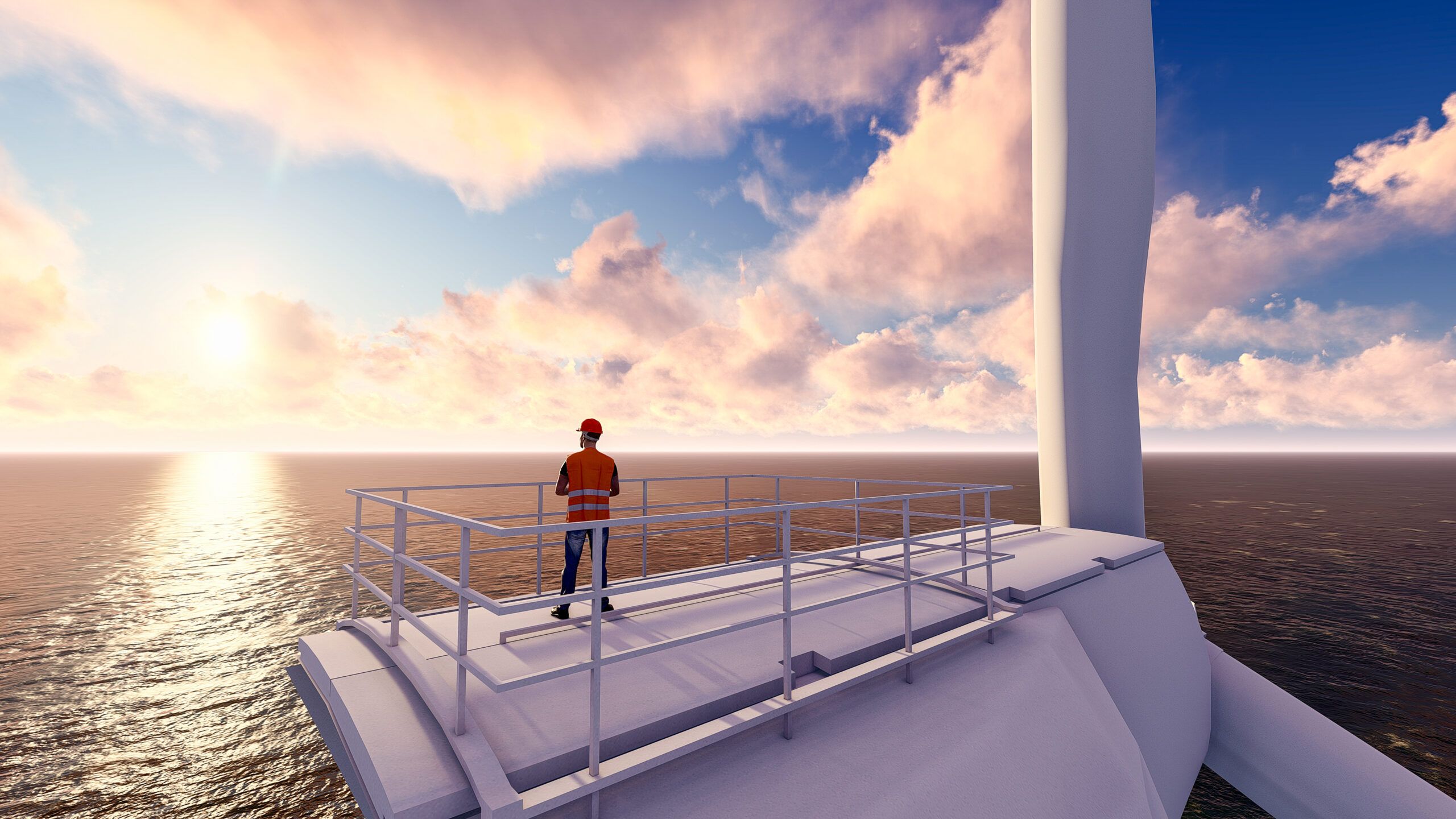
Few disagree that the skillsets already possessed by Louisiana’s oil and gas workforce are easily transferrable to offshore wind. There are also supporting facilities, such as those at Port Fourchon, that are ideally situated with abundant available space for new manufacturing facilities.
Public-private partnerships are also cropping up to support the growing market. RWE Renewables, winner of the recent offshore sale, has collaborated with GNO Inc. and the GNOwind Alliance to build a program that helps existing Louisiana oil and gas companies participate in the growing national supply chain for offshore wind.
And recognizing the need for a new workforce pipeline, Nunez Community College in Chalmette partnered with Energy Innovation of Norway late last year to create curriculum for training wind turbine technicians.
Tina Tinney, chancellor of the college, saw an opportunity during a June 2022 tour of the Block Island Wind Farm, sponsored by GNO Inc. “It opened our eyes to the opportunities around wind energy, renewable energy, and the offshore wind industry in Louisiana,” Tinney says. “We returned to explore where we would fit into that space.”
They initiated a roundtable discussion with parish and economic development officials, as well as educational representatives, to determine what would make St. Bernard Parish more attractive to potential offshore developers.
Workforce development was at the top of the list. “In Louisiana, we already know how to work offshore,” Tinney says. “It is a matter of giving workers the technical competencies.”
Nunez subsequently created a wind turbine technician program, where students can also receive Global Wind Organization (GWO) certifications. To turn it into reality, Nunez partnered with Energy Innovation to develop a curriculum and training center for the construction and maintenance of offshore wind turbines.
“They are providing the GWO components of our curriculum, and we provide the wind turbine technician components,” Tinney says. “We married the two to develop an academic pathway.”
The State Board of Regents approved the curriculum in June, which opened the door for students to receive federal financial aid. It will also be available as a dual enrollment course for high school students.
“We’re hoping to begin training in the fourth quarter, but realistically it might be first quarter 2024,” she adds.
Tinney hopes to develop a critical workforce pipeline for the offshore wind market. “We want to make sure that it’s the people in our state who are trained and have those opportunities to get those high paying jobs,” she adds. “We want to be strategic and help employees in that niche.
“While a lot of industry partners have developed their own training programs, they are incurring a large amount of debt to acquire all the training, equipment, supplies, personnel and certifications. We should be delivering that as a public service.”

